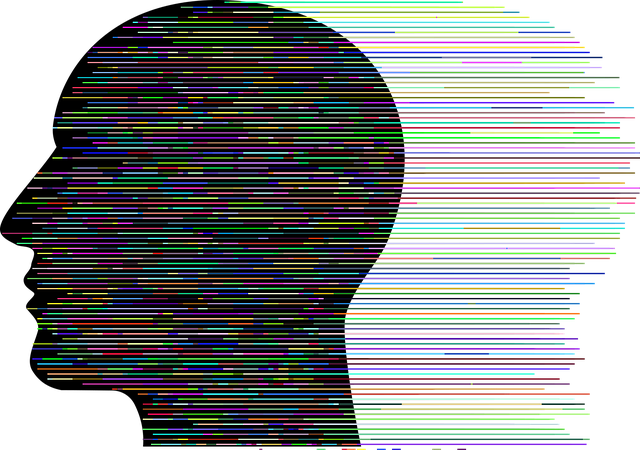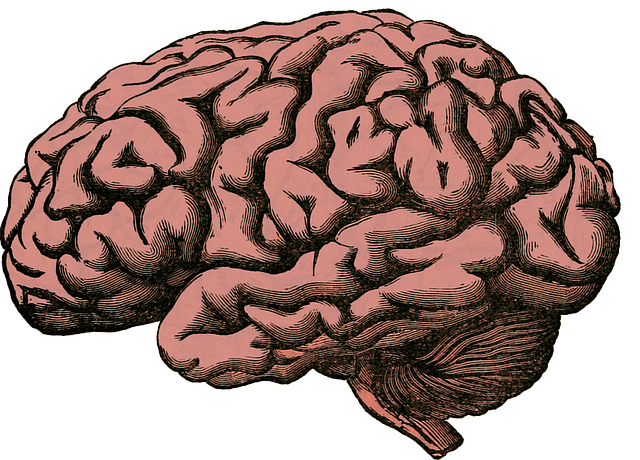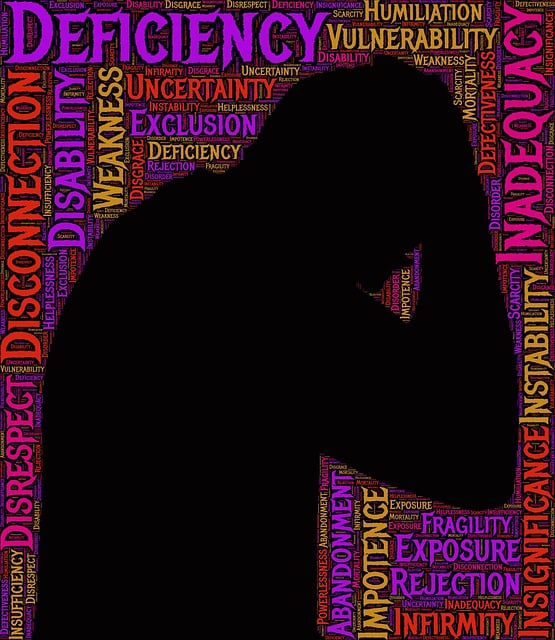Castle Rock Panic Disorder (CRPD) is a challenging anxiety disorder characterized by sudden panic attacks and subsequent worries, mimicking other medical conditions and leading to misdiagnosis. Effective treatment combines cognitive-behavioral therapy (CBT) and mindfulness meditation to reduce attack frequency and intensity. Innovative therapies, including digital tools and self-awareness exercises, enhance diagnostic accuracy and patient outcomes for CRPD and anxiety attacks, improving accessibility through telemedicine and personalized interventions tailored to individual needs. Mental health professionals play a crucial role in continuous training, community engagement, and education to better diagnose and treat these conditions.
Mental illness diagnosis accuracy is a critical aspect of patient care, especially for conditions like Castle Rock Panic Disorder (CRPD) and anxiety attacks. This article delves into the challenges associated with CRPD diagnosis, exploring its unique symptoms and impacts. We examine the current state of anxiety attack diagnosis, highlighting gaps in accuracy and the need for innovation. Innovative therapies and digital tools are presented as potential game-changers, while professional training is emphasized to enhance the identification of subtle signs, ultimately improving patient outcomes in CRPD and anxiety attacks therapy.
- Understanding Castle Rock Panic Disorder: Symptoms and Challenges
- The Current State of Anxiety Attack Diagnosis Accuracy
- Innovative Therapies for Enhanced Diagnostic Clarity
- Integrating Digital Tools: Revolutionizing Mental Health Assessment
- Training Professionals: Building Expertise in Identifying Subtle Signs
Understanding Castle Rock Panic Disorder: Symptoms and Challenges

Castle Rock Panic Disorder (CRPD) is a specific type of anxiety disorder characterized by recurrent and unexpected panic attacks, followed by persistent concerns about having additional attacks or their consequences. This condition gets its name from the location where symptoms were first described—a small town in Colorado called Castle Rock. CRPD presents unique challenges for diagnosis and treatment due to the nature of panic attacks themselves. These episodes can be intense, often occurring unexpectedly, and leaving individuals with a persistent fear of future attacks.
The symptoms of CRPD include sudden and repeated episodes of intense fear or discomfort, known as panic attacks, coupled with physical sensations like palpitations, sweating, trembling, or shortness of breath. Individuals may also experience a persistent concern about having future attacks and their potential outcomes, such as embarrassment or even death. Challenges in diagnosis arise because panic attacks can mimic various other medical conditions, leading to misdiagnosis or delayed identification of CRPD. Effective treatment for CRPD often involves therapy, particularly cognitive-behavioral therapy (CBT) and mindfulness meditation techniques, which help individuals manage anxiety symptoms and improve emotional regulation. Anxiety relief is a significant goal in treating CRPD, aiming to reduce the frequency and intensity of panic attacks and associated fears.
The Current State of Anxiety Attack Diagnosis Accuracy

The diagnosis of anxiety attacks, particularly Castle Rock Panic Disorder, is a complex process due to their subjective nature and shared symptoms with other conditions. While significant strides have been made in mental health awareness, misdiagnosis remains prevalent, often leading to delayed or inappropriate treatment. The current state of accuracy is concerning, as many individuals suffer needlessly due to incorrect labels or overlooked underlying causes.
Efforts to improve diagnosis focus on integrating advanced therapeutic techniques and enhancing clinical training. Evidence-based practices like cognitive-behavioral therapy (CBT) specifically tailored for anxiety disorders, combined with stress reduction methods, have shown promise in increasing diagnostic accuracy. Encouraging patients to develop a consistent self-care routine for better mental wellness can also aid in symptom management and provide valuable insights during assessment.
Innovative Therapies for Enhanced Diagnostic Clarity

Innovative therapies play a pivotal role in enhancing the accuracy of mental illness diagnoses, particularly for conditions like Castle Rock Panic Disorder and Anxiety Attacks. These advanced approaches go beyond traditional methods by focusing on aspects such as self-awareness exercises and positive thinking to achieve deeper insights into an individual’s mental wellness. By fostering a greater understanding of their emotional responses, patients can better articulate symptoms, leading to more precise diagnoses.
One promising therapy involves integrating mindfulness techniques that encourage individuals to observe their thoughts and feelings without judgment. This heightened self-awareness allows for the early detection of anxiety triggers, enabling therapists to tailor interventions more effectively. As a result, treatments become more targeted and efficient, ultimately improving diagnostic clarity and patient outcomes in managing conditions like Castle Rock Panic Disorder.
Integrating Digital Tools: Revolutionizing Mental Health Assessment

In the realm of mental health assessment, integrating digital tools is proving to be a game-changer. Online platforms and innovative technologies are revolutionizing how professionals diagnose and treat conditions such as Castle Rock Panic Disorder and Anxiety Attacks. These advanced tools offer more accurate evaluations by providing detailed data and insights that traditional methods may miss. Through telemedicine, AI-powered diagnostic aids, and virtual reality simulations, therapists can now assess symptoms, track progress, and tailor treatments more effectively. This shift towards digital assessment not only improves accuracy but also increases accessibility, especially for individuals in remote areas or those facing barriers to accessing traditional therapy.
By incorporating digital innovations, Stress Management Workshops Organization can enhance their services, making them more inclusive and impactful. Virtual platforms enable clients to learn stress reduction methods and positive thinking techniques from the comfort of their homes. Moreover, these tools allow therapists to monitor participants’ progress over time, ensuring personalized care that addresses unique needs. This integration of technology in therapy is a promising development, offering new avenues for improving mental health outcomes, especially when tailored to conditions like Castle Rock Panic Disorder.
Training Professionals: Building Expertise in Identifying Subtle Signs

Mental health professionals play a pivotal role in accurately diagnosing and treating mental illnesses like Castle Rock Panic Disorder and Anxiety Attacks. To enhance diagnostic accuracy, it’s crucial to invest in their continuous training and development. This involves equipping them with advanced skills to identify subtle signs of anxiety disorders, which often manifest as complex physiological and behavioural responses. Workshops focusing on mindfulness meditation techniques can be particularly beneficial; these practices help professionals tune into nuanced changes within individuals, enabling a more precise assessment.
Beyond individual therapy sessions, implementing community outreach program initiatives can foster an environment conducive to open discussions about mental health. Public awareness campaigns development targeting anxiety disorders specifically can dispel myths and promote understanding. By combining these strategies—professional training, community engagement, and education—the mental healthcare system can improve diagnosis accuracy for conditions like Castle Rock Panic Disorder, ultimately leading to more effective treatment outcomes.
The quest for enhanced mental illness diagnosis accuracy, particularly focusing on Castle Rock Panic Disorder and anxiety attacks, involves a multi-faceted approach. From innovative therapies that offer greater diagnostic clarity to the integration of digital tools and advanced training for professionals, these efforts collectively pave the way for more effective treatment and improved patient outcomes. By leveraging these strategies, mental health professionals can better understand and address the unique challenges associated with Castle Rock Panic Disorder, ensuring individuals receive the tailored therapy they need, such as specialized anxiety attacks therapy, to lead fulfilling lives.














